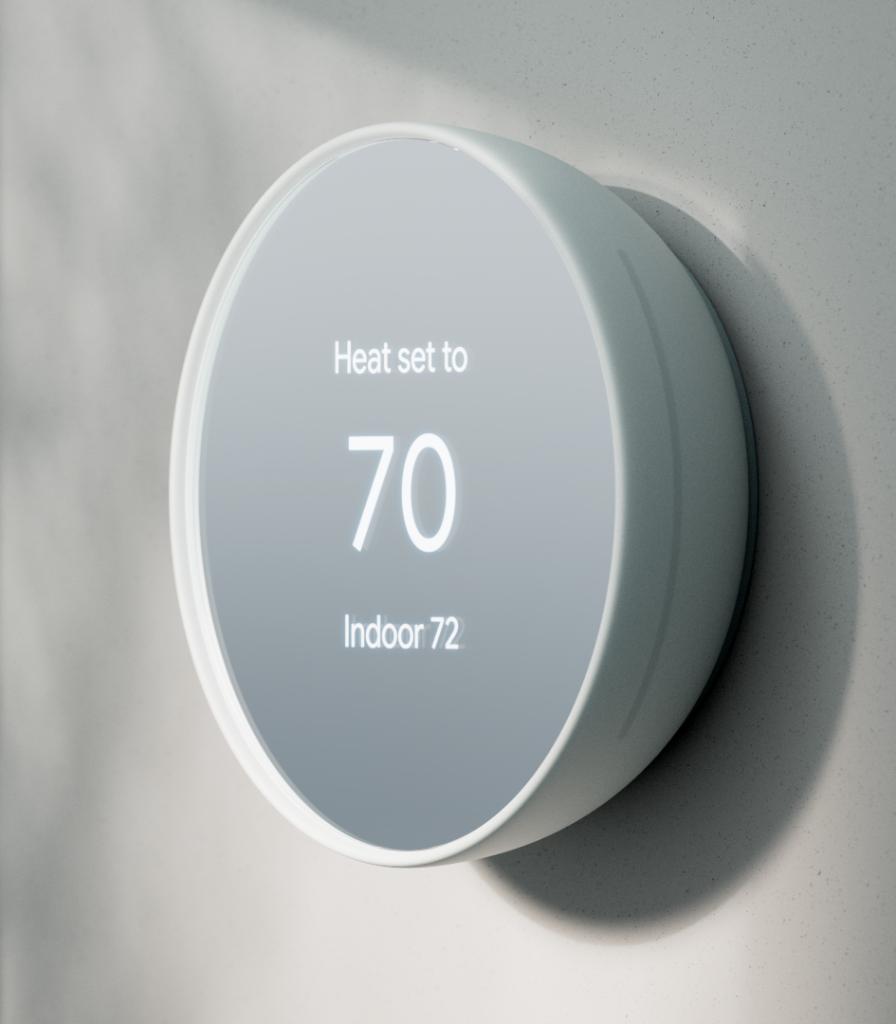With recent developments in furnace efficiency standards, it is even more essential to maintain a well-functioning furnace vital for comfort and energy efficiency.

In late 2023, the U.S. Department of Energy (DOE) released new energy efficiency standards to be used on residential gas furnaces, and this is expected to result in major savings for homeowners.
Those standards, to be effective as of late 2028, would set a minimum requirement for annual fuel utilization efficiency (AFUE) at 95% for non-weatherized gas furnaces and those used in mobile homes. The update is expected to save Americans something in the range of $1.5 billion annually in the utility bills of homes. In addition, these new standards are expected to considerably cut down carbon emissions too which will be a good contribution towards environmental sustainability.
These changes stress time maintenance and care of your furnace. The impending standards will require the furnaces to convert almost all the gas used into heat being directed toward the living space. This underlies the need for proactive regular steps towards maintaining efficiency and a well-maintained furnace that can meet these new standards and as such contribute to significant energy savings.
Regular Maintenance
Scheduling a professional furnace service repair on routine maintenance is one of the most crucial steps to ensure that your unit keeps working effectively. This annual check-up is essential for several reasons.
A professional technician who comes over for maintenance can have a closer look at your furnace and discover potential hidden issues. If you handle such issues early enough, they will not turn into expensive repairs in the future.
A furnace repair service will also do cleaning and lubrication of different parts of your furnace to ensure that they are in good performance. This will increase the efficiency and the performance of the system.
What’s more, a knowledgeable technician might have some tips on maintenance, such as changing air filters every three months or tweaking a few settings with your thermostat. Don’t dismiss the value of an annual maintenance visit because it’s a little cost that will save you considerable hassle and money down the road.
Air Filter Replacement
An air filter in a furnace is an important part that assists in running it efficiently. Over time, the filters block dust, dirt, and other debris making the limited entrance of air into the furnace even smaller and forcing it to work extra hard for a house to be warm. To prevent this, develop a habit of changing the air filter regularly.
The frequency at which you should change the filter depends on factors such as the type of filter you use or the airborne pollution level in your house. As a general rule, you should check your filter monthly and replace it whenever it looks dirty or, if you are using a reusable filter, clean it according to the manufacturer’s instructions.
You will see right away an increase in the efficiency of your furnace upon replacing or cleaning an air filter. Free flow and easy circulation of air minus obstruction by a blocked filter, will see your system work with less energy in trying to blow through a blocked filter.
Thermostat Programming
Your thermostat is, of course, a major determinant of how efficiently your furnace will run. However, most homeowners overlook this as an option to implement some energy savings.
When freezing winter weather hits, it’s hard not to give in to the temptation to keep your home heated constantly. However, keeping your home at an even temperature all the time or heating it warm when you’re not home or when you’re sleeping can lead to energy waste and hefty heating bills.
Get your furnace a programmable thermostat and better still, a smart one for efficient operation. With the devices, you can program temperature adjustments on the hours of the day and have it all on a regular schedule. For instance, you can schedule your heating control system to lower the temperatures while you are not in the house and increase it just before you get back home.
Make sure you strategically set your thermostat so the furnace is working during the most needed periods.
Seal Leaks and Insulate
Inspection for your furnace is not just about how well it is functioning but involves also determining how efficiently your house retains heat. Even if the heater is running right, an inefficiently sealed or poorly insulated home will result in the loss of energy.
Check your home for any openings in the doors and windows together with holes or crevices on the walls and floor. These types of openings may let cold air get inside the room while allowing warm air to go out, thus causing the furnace to exert more effort just to maintain the temperature.
Weatherstripping, caulking, or insulating those gaps in your home can be some of the most cost-effective ways to improve energy efficiency. If enough insulation isn’t installed in your attic, walls, or ducts, then make sure that it gets added. Adequate insulation will keep the warm air in your house, not where your heating equipment wants it to be.
Final Thoughts
Keep in mind that efficient heating of a good working furnace and also making it last for long will save energy, contributing to less environmental imprint as well. So take these proactive actions to ensure your furnace is running at its maximum efficiency, and don’t hesitate to call a furnace repair service when necessary to maintain your warm home while leaving an energy-efficient footprint.

